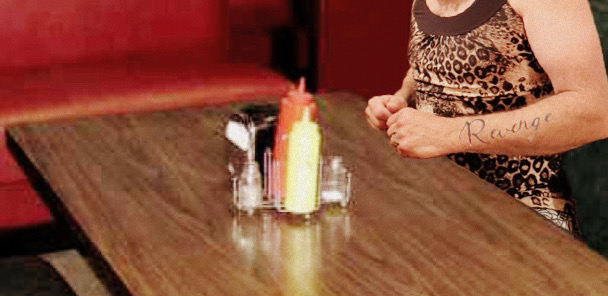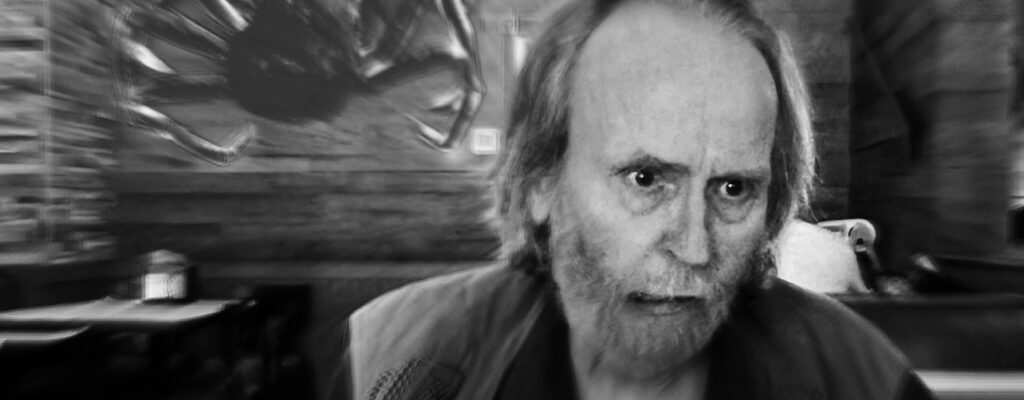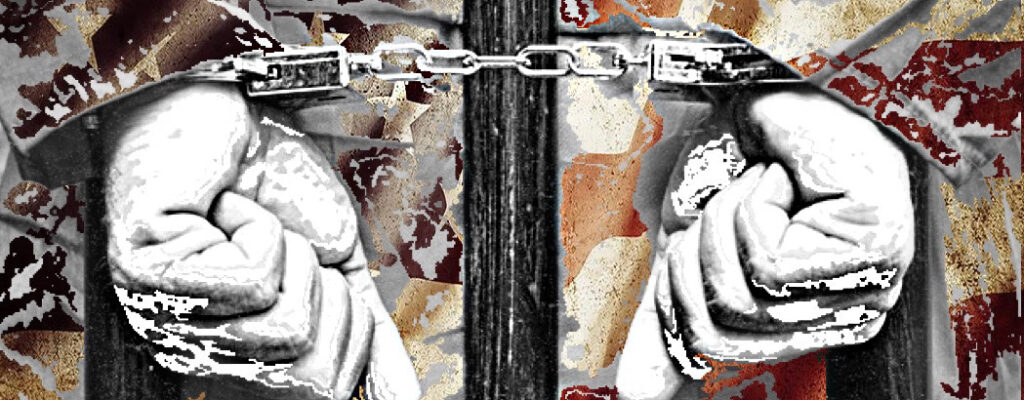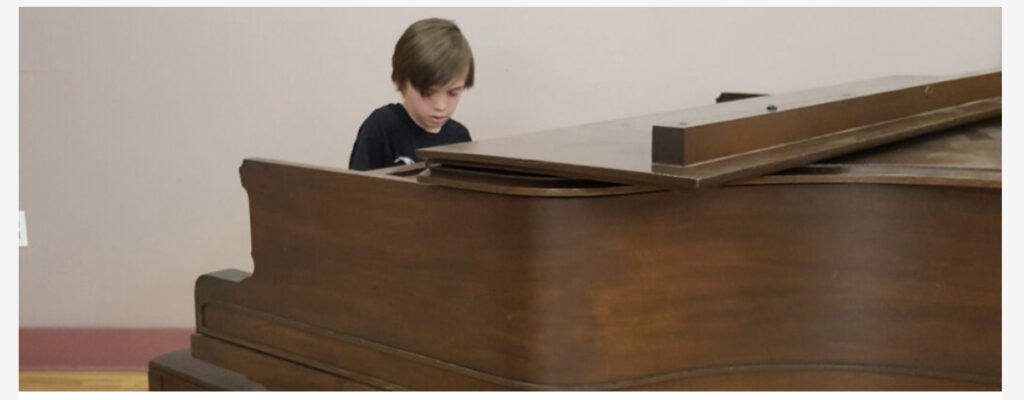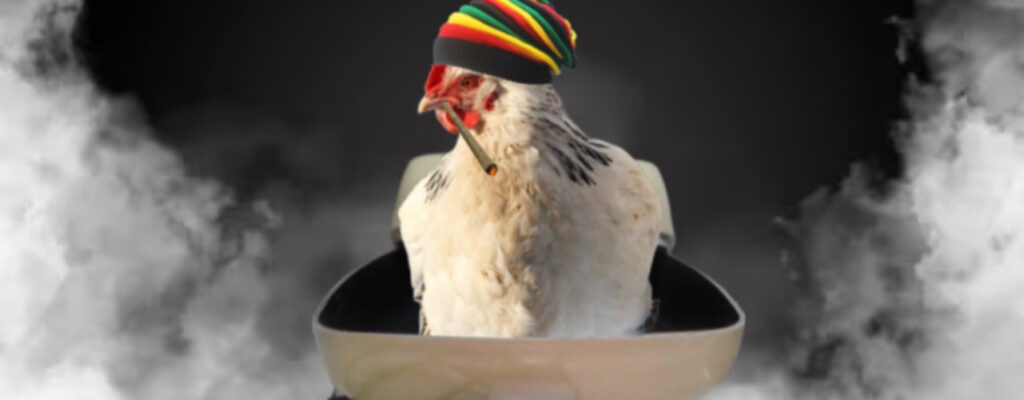A little more than two years have passed since I stated my desire to find employment as the guy who makes up names for new pharmaceuticals. I imagined at the time that such a gig would meet my newly acquired lifestyle of sitting around all day pondering the imponderables.
I assume that most of Big Pharma has read my plea for such employment. Because they’ve not contacted me, I’m guessing that others have beat me to the punch and are pulling down six figures to concoct one-syllable names using at least two Xs, one Y, a Z and no vowels. The fact that I could easily handle such a job leads me to believe that prospective employers are simply ageist. They see seventy-two as a stumbling block to achievement in such a specialty field. I see seventy-two as something that I can’t quite recall.
They don’t count as positive that much of the time I’m perfectly capable of distinguishing the proper use of the various remote devices that litter my confines. Once a day, maybe twice, is the most I try to adjust the television’s volume using my cell phone. (I’ve yet to discover what the little black one with a blinking red light does.) I have tried, obviously in vain, to change the channel on the television with the mouse that moves the cursor around my computer screen.
While still seeking some kind of employment that suits my less-than-lively lifestyle—remaining basically responsive while remaining erect in my desk chair—I’ve decided to offer my services to one of the television news outlets that could make good use of my vast stores of knowledge in any number of fields.
And what I don’t know, I can just make up.
To all that it should be added that I own a suit coat and several neckties, and have learned to embrace the magic that is Zoom.
MSNBC is my first choice as employer. Not to denigrate CNN, but the NBC-owned cable network has an interesting format for its reporting. First of all, the network’s opinion and its “breaking news” seem at odds. That might have something to do with the structure of its news reports.
First of all, the news segments are touted by anchors who provide introductions to any given story. The anchor then introduces two or three experts in whatever field the story might be found. They are usually retired politicians, admirals, and generals. Then the reporter is introduced to restate what the anchor has pretty much covered in the introduction. Then the anchor starts asking questions of the experts, each of whom lauds the anchor for asking an “important question.” After everybody has a word or two to toss in, the anchor then thanks the far-flung correspondents for their “expertise” in whatever field they might have worked.
I would position myself as a pundit and host of my website that frequently makes fun of the news and the people who bring it to us. And besides all the bullshit (MSNBC now allows the use of the word ever since Bill Barr blurted it out one day) that permeates the day’s news, I have actual expertise in literature, jazz, and the culinary arts—subjects that rarely come to the fore of the network’s broadcasts. From all my journalistic training and work, I can read things upside down and backwards, and I can ask really embarrassing questions of people in power.
Once again: What I don’t know, I can just make up.
In preparation of my becoming a pundit and receiving the undying gratitude of the anchors, I’m arranging three sets of backdrops to help propel the efficacy of my commentary as I join the other panelists in the obfuscation of any subject presented in the four-minute segments.
I’ve discovered that books scare the hell out of a lot of people who’ve never read one. Keeping that in mind, I’ve cleaned up the wall of books that are behind my place at the desk. Some of the titles can be read on the spines, but most are indiscernible.
A second set involves paintings that suggest nothing more than the splashes of color.
The final set, used best on those segments of jazz coverage, is sparse, with a guitar hanging from the wall and a drum set in front of it. (For the record, I’ve never played the guitar. I haven’t played the drums in more than forty years.)
I think I’m ready to take on what will no doubt be my last foray into the work-a-day world. Posing as an intellectual heavyweight seems a fitting end.
MSNBC: You’ve got my number. Call. And leave a message. I’ll probably be taking a nap.
Photo illustration by Courtney A. Liska
Easy Beef Stew
For those days when you just don’t have time to cook, but want something to eat that makes it seem like you did. Delicious.
2 pounds seasoned stew meat, cut into bite-sized pieces
1 packet brown gravy mix
1 can cream of mushroom soup
1 cup water
1 packet beefy onion soup mix
In a bowl, combine the brown gravy mix, cream of mushroom soup, water, and beefy onion soup mix. Stir well until the ingredients are thoroughly mixed.
Place the seasoned stew meat in a greased slow cooker.
Pour the prepared mixture over the meat, ensuring that it is evenly distributed.
Cover the slow cooker and cook on low heat for 6-8 hours or on high heat for 3-4 hours. The meat should become tender and flavorful.
Once the cooking time is complete, stir the beef tips gently to mix the gravy and serve hot over noodles or mashed potatoes.



